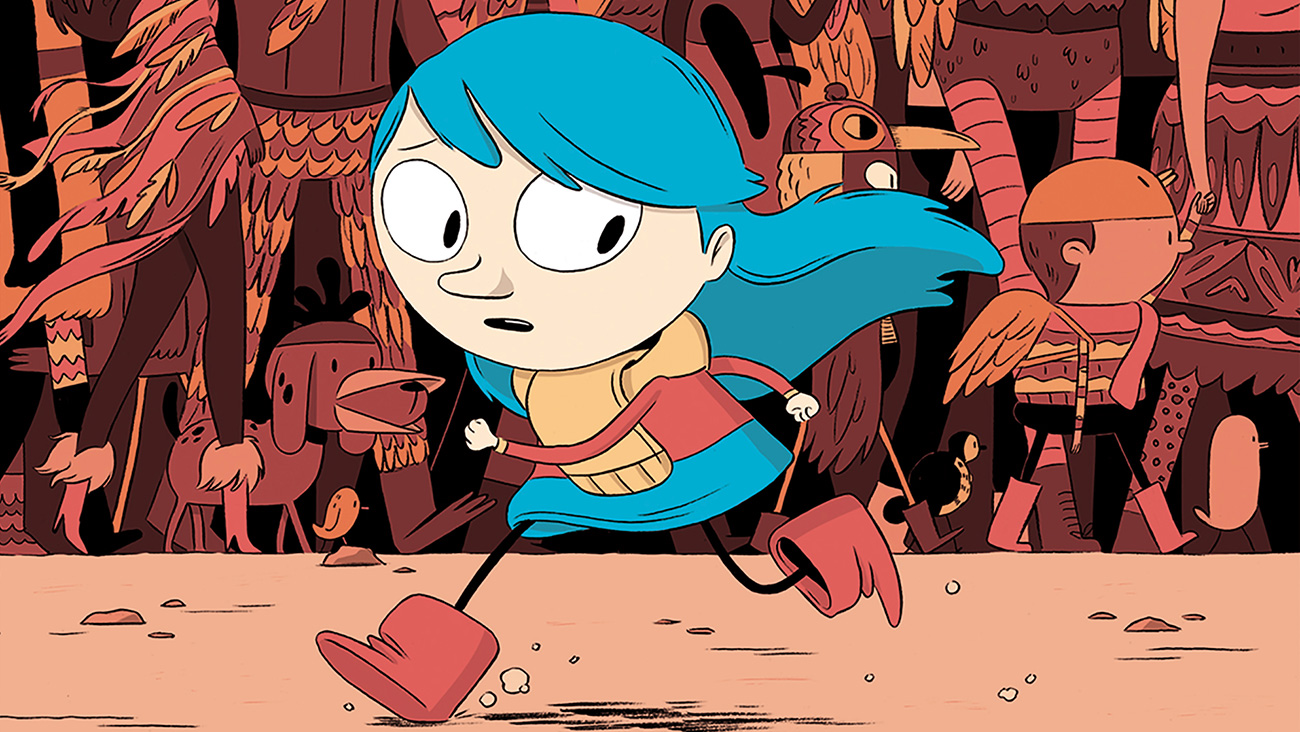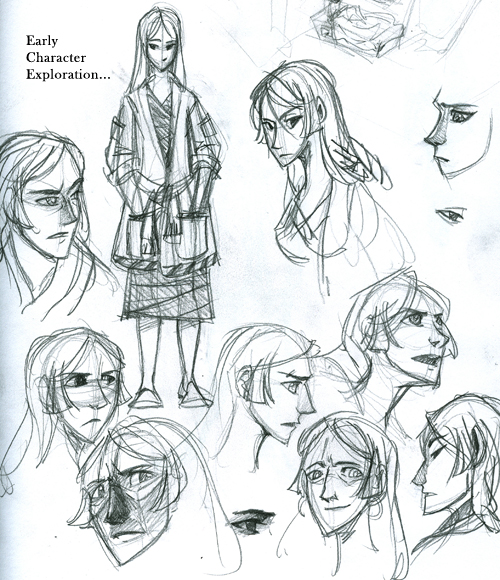Table Of Content

Colors are a powerful tool to convert messages, moods, and feelings. What they do best when it comes to character design, however, is to give contrast. Just like with silhouettes, there’s a trick to test your color schemes as well. Simply turn them greyscale and see if the desaturated colors are readable and contrasting. Therefore, it’s a great practice to even start your character design from the silhouette.
Remove yourself from references
Check out our in-depth color theory guide for more tips and tricks. One of the first steps of character design is to figure out the big direction you want to take with your character. A good starting point is to think about what kind of universe they live in.
Remember who the target audience is
Most of the things we’ve already discussed in some of the steps. However, here I will highlight them so you’ll know never to overlook these principles. This means not only having a stimulating design, but one that is distinct no matter how we see the character. A quick and relatively painless way to add texture, detail and colour to your scene is by using photographic images. Using basic geometry in Mudbox or ZBrush to create landscapes or terrain will give you your perspective for free.
Generative AI for Sales: 5 Free AI Tools for Marketers
Aaron Blaise Reveals The Seven Steps to Great Character Design - Cartoon Brew
Aaron Blaise Reveals The Seven Steps to Great Character Design.
Posted: Wed, 22 Mar 2017 07:00:00 GMT [source]
A 3D character can be easily adapted for different purposes, such as video games, movies, virtual reality experiences, or even 3D printing. Likewise, you must ensure that the face is drawn at a perfect angle to match the posture. One crucial aspect to consider when creating a character design is the line of action.
What is Character Design — Tips on Creating Iconic Characters
Everyone has a favorite cartoon character, but how did they first come to life? A lot of research and love goes into creating universally recognized characters. In addition to creating characters from scratch step by step, you can also use AI tools to generate stunning characters with one click. Choose a color palette that reflects your character's personality and the mood of their story. Crafting a recognizable silhouette is essential for making your character stand out. Experiment with different body shapes and proportions to create a visually appealing outline.
When creating memorable characters it is super important to think about what you are trying to communicate with your design. A few factors you will need to consider are character exaggeration, costume, and props. The illustrator launched his debut picture book, NOT LOST, based on his Mini Rabbit character design. "Even if you're not someone who works in 3D, you can learn a lot by converting your character into three dimensions," says Alexander. It's a key part of the process the students follow at the Pictoplasma Academy. The drawn lines of which your character design is composed can go some way to describing it.
If you feel like you’ve done everything you can to sharpen the silhouette but it’s still missing something to set it apart from the rest, a simple trick you can use is to add a characteristic element. This might be anything from a hairstyle (like Sonic), to clothing, (like Donald Duck’s sailor shirt and cap), to a weapon (like Captain Hook’s hook and cutlass sword). You’ve added the lines, the colours, the gestures and movements. If you really think about it, do we as humans ever leave the house without the addition of some form of accessory?
But yellow can also mean sickly, green can mean rotten or poisonous, and red can mean love. Colors might also have different meanings depending on the culture and context, like how red is a lucky color in China while white is the color of mourning, as opposed to black in many Western cultures. Here are a few things to consider when you’re choosing your color palette. The silhouette of your character is one of the most crucial aspects of your design. This is the outline or shape which is left when you remove everything else, and getting it right will lay the foundation for the character. No work consists in a vacuum and there will always be some amount of borrowing and referencing to other artists.

For a prime example of what not to do when creating a character, check out the hilarious Godzilla character design flaw that people are only just noticing. If you're planning for your character design to exist within comics and animations, then developing its back story is important. Where it comes from, how it came to exist and any life-changing events it has experienced are going to help back up the solidity of, and subsequent belief in, your character. Sometimes the telling of a character's back story can be more interesting than the character's present adventures.
A character leaning forward aggressively or balancing precariously can add a dynamic element, making the silhouette more interesting. Another great way to distinguish your character is by improving their key poses. A coherent personality reflected throughout your design will make people connect and relate to your character. They’re the driving force behind your character’s traits and personality. Admitting that a feature isn’t quite right is difficult, but a good way to get over this is practising drawing a multitude of eyes, for example, to see which one works best. Even if you do ultimately return to your original drawing, there’s nothing wrong with experimentation.
Most people are looking for balance in their lives, but we are all unbalanced somehow; some more, some less. I worked with cubes for Harald and used the same workflow based on cylindrical primitives for the mother character. Keeping the different primitives in mind helps me to give them each a unique overall shape. The visible features of my characters should not distract from the invisible ones, so after trying it out I decide against the hair, as there is no narrative purpose in it. Of course, before you send your presentation off to your client, it’s a good idea to take a step back and evaluate honestly how you yourself respond to the finished character.
Usually, the character's design and concept art tell a story before the character ever moves or speaks. Being memorable and striking a chord with audiences separates characters from simple illustrations. Typically, dark colors such as black, purple, and gray depict baddies with evil intentions—light colors such as white, blue, pink, and yellow denote innocence and purity. Comic-book reds, yellows, and blues might evoke hero qualities in a character design. Analyzing the effectiveness of different character designs can give you valuable insights.
If you go on ArtStation or Instagram, for example, you will notice that the most engagement goes to the artwork that offers multiple images with shots of progress and details. By drawing your character reacting or interacting with the universe where they come from, you give your audience the whole picture. In this example, you can easily tell the era, personality, and part of the character’s story. Unless realism is a must in your current project, try to create a distinctive shape for your character by playing with the natural proportion. When you know how to draw different body types, you will be able to customize any body shape to fit their personality.







